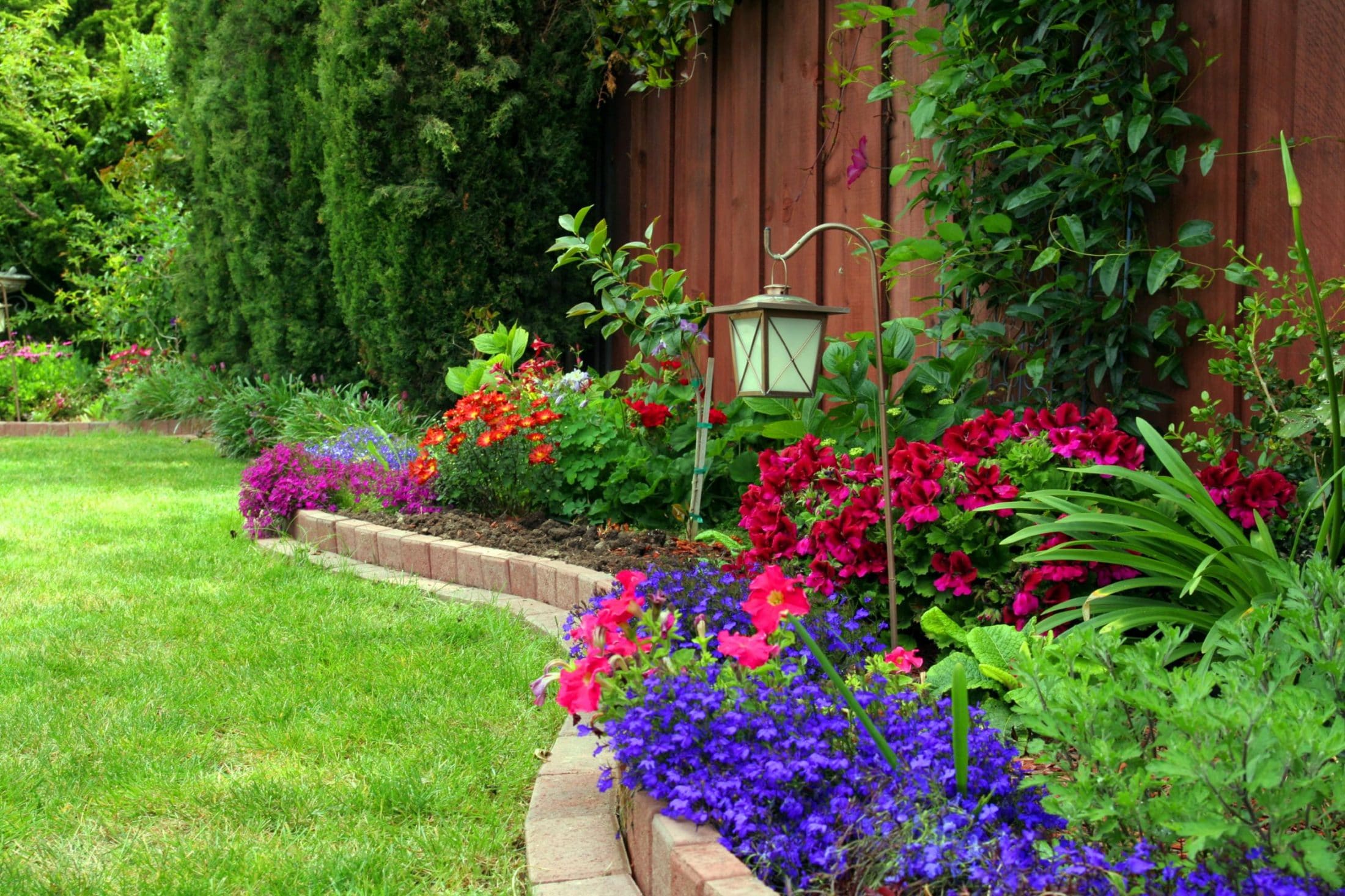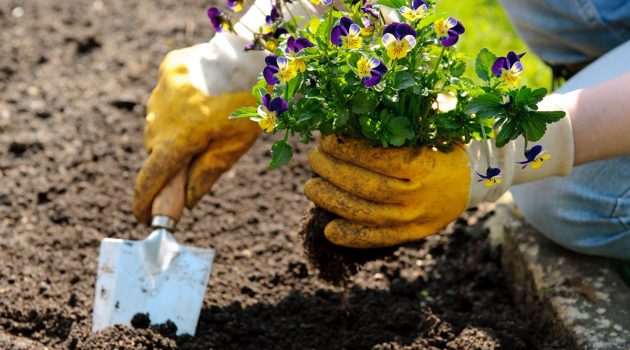Designing your garden can be a rewarding experience that allows you to express your individuality and creativity.
As you delve into the world of gardening, one crucial element can transform your outdoor space from ordinary to extraordinary: garden bordering.
This form of planting is aesthetically pleasing and highly functional, making it an essential aspect of a stunning garden.
The secret of a perfect garden bordering lies in the expert techniques and inspirations that guide your choices.
You can discover endless possibilities by exploring various styles, materials, and approaches.
This article explores the secrets of garden bordering, providing valuable insights and practical tips to elevate your garden design.
From understanding the fundamentals to unveiling innovative ideas, you will be equipped with the knowledge and inspiration needed to create a breathtaking outdoor sanctuary.
1. The Fundamentals of Garden Border Design
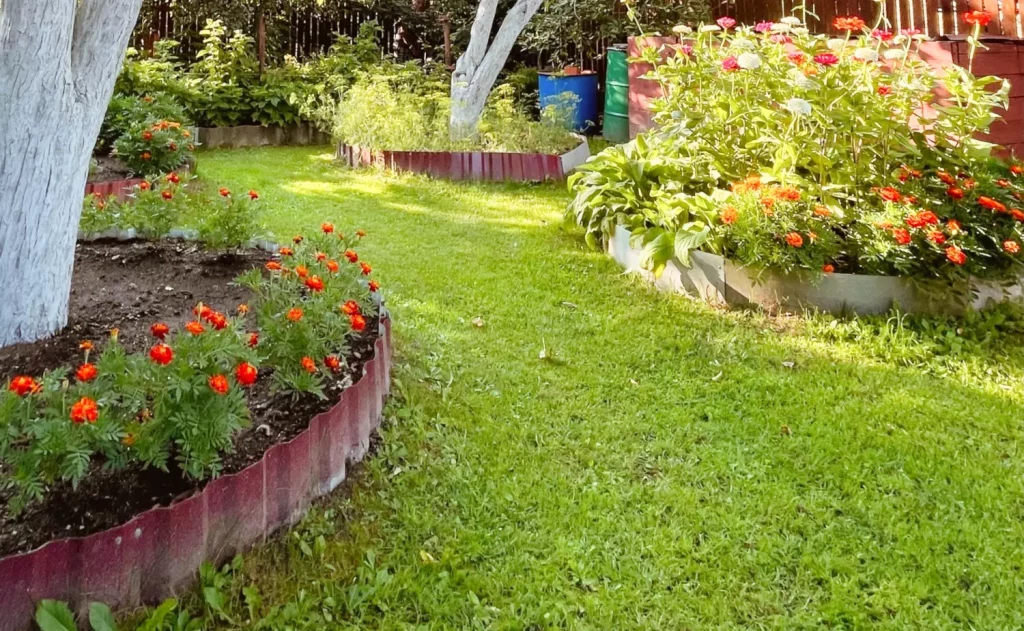
To create a compelling garden border, it’s essential to grasp the basic principles that underpin successful designs.
First and foremost, consider the scale and proportions of your garden. Borders should complement the overall layout and not overwhelm or detract from other features.
Keep in mind aspects like height, width, and depth when choosing plants and materials for your borders.
Another vital aspect is the harmony between different elements in your garden. Strive for balance by incorporating contrasting textures, forms, and colors that work well together.
Additionally, repetition can be a powerful tool for creating a sense of unity and coherence in your garden design.
If you’re looking for inspiration regarding the best flowers to line your border garden, you can visit platforms such as Pinterest and use them to create your own inspiration board.
You can also browse different magazines and cut out the elements you’d like to add to your garden. This will help you visualize your ideas and serve as a mood board to refer back to.
2. Material Matters: Options for Garden Borders
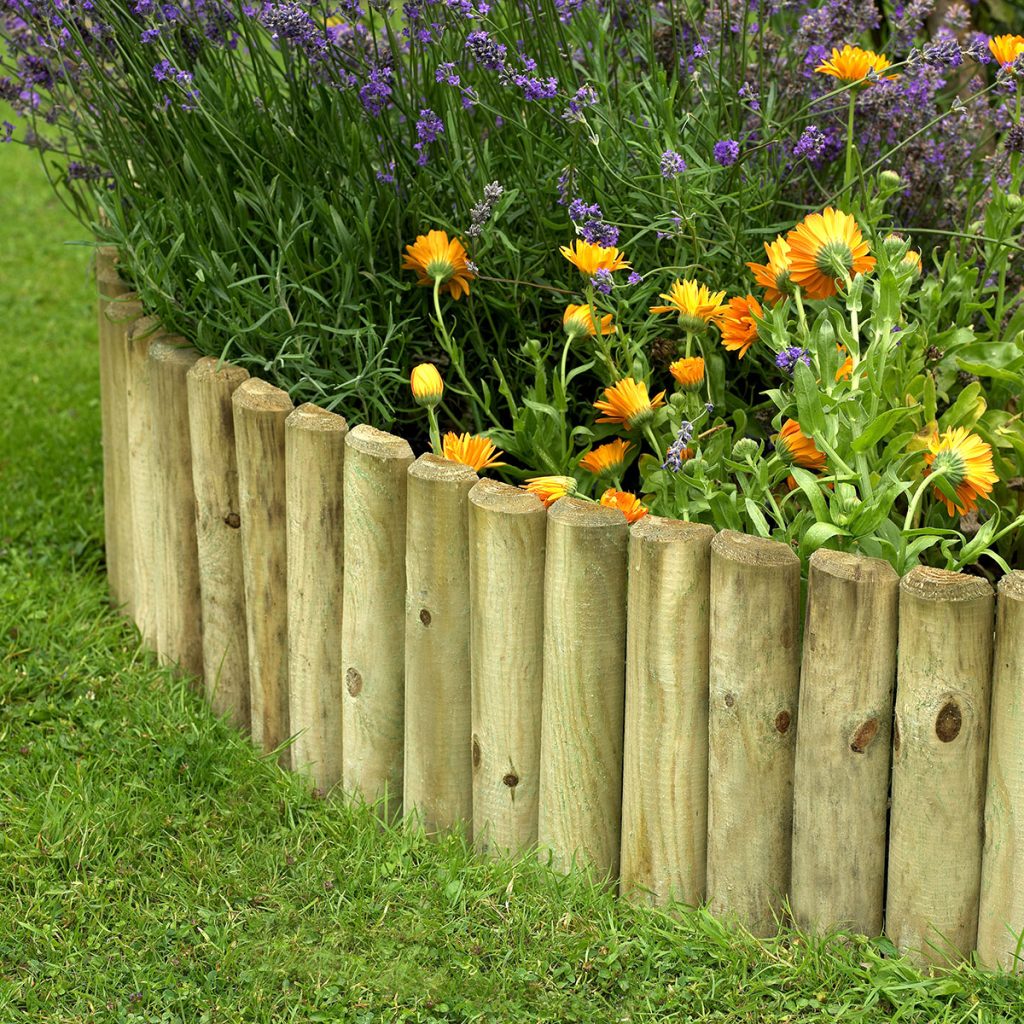
The materials you choose for your garden borders can significantly impact their overall appearance and functionality.
Popular options include natural options such as stone, brick, or wood, which can provide an organic and timeless feel to your borders.
Alternatively, metal edging can offer a sleek, contemporary look with added durability.
Consider the style of your garden when selecting materials for your borders.
For instance, a rustic cottage garden may benefit from the use of reclaimed timber or aged bricks, while a modern minimalist space might call for clean lines and polished steel.
Additionally, materials such as wood, stone, and brick may be a better choice than, for instance, steel, especially if there are kids or animals running around.
Steel can look incredibly beautiful in your garden, but it can also easily become a safety hazard.
3. Color Coordination: Crafting a Visually Appealing Garden Palette

A well-coordinated color scheme can elevate your garden design, adding visual interest and depth to your borders.
When choosing plants for your borders, consider the color of their flowers, foliage, and even bark to create a harmonious palette.
Experiment with different color combinations to find one that suits your taste and complements the overall aesthetic of your garden.
Here are some color schemes to consider:
- Monochromatic. Using various shades of a single color creates a harmonious and cohesive look. For example, you could plant flowers in shades of purple, such as lavender, alliums, and salvia.
- Analogous. Combine neighboring colors on the color wheel for a visually pleasing yet subtle effect. For instance, using shades of blue, purple, and pink together can create a calming atmosphere.
- Complementary. Pairing opposite colors on the color wheel can result in a bold and striking contrast. Examples include yellow and purple (e.g., sunflowers and irises) or red and green (e.g., red roses and green foliage).
- Warm tones. Planting flowers in warm hues like red, orange, and yellow can evoke feelings of energy and excitement. Try incorporating poppies, calendula, and rudbeckia for an eye-catching display.
- Cool tones. Opt for cool colors such as blue, green, and purple to create a sense of calm and tranquility in your garden border. Lobelia, hostas, and campanula are excellent choices for this scheme.
4. Plant Pairings: Selecting Complementary Flora for Your Borders
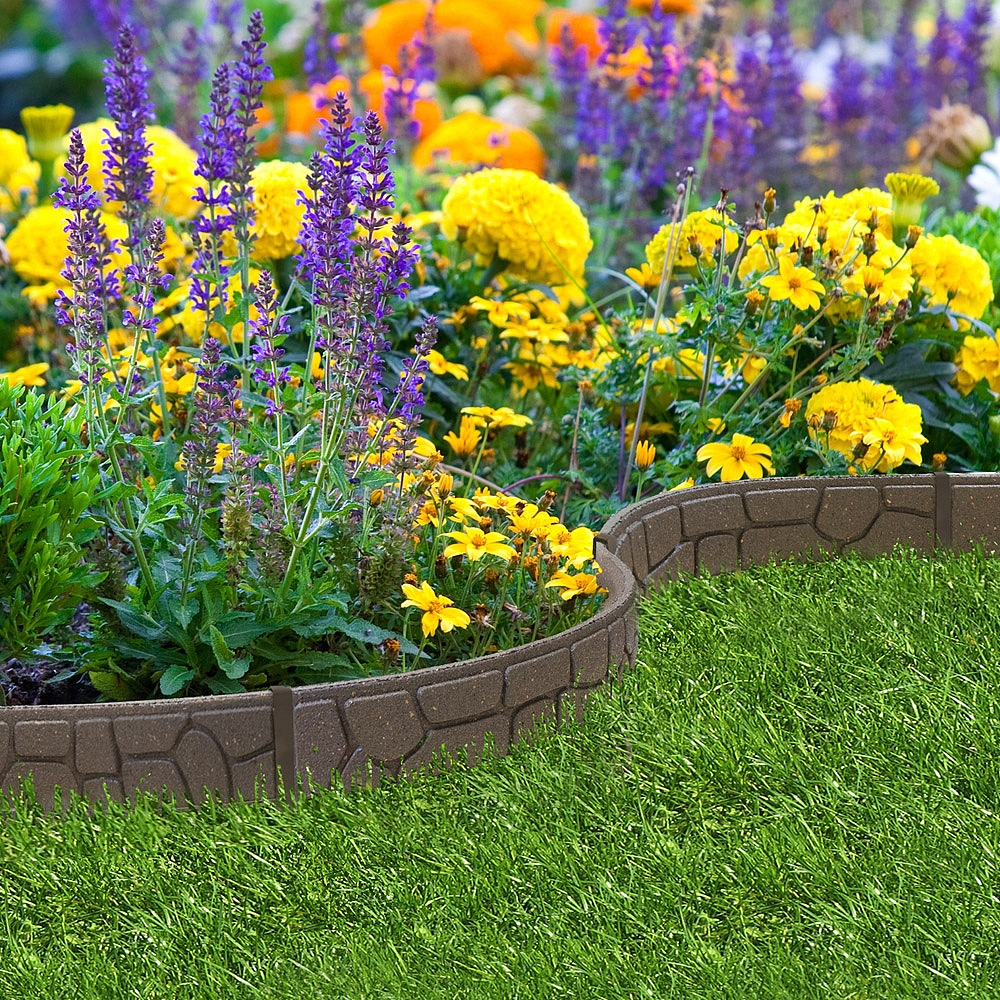
Choosing the right combination of plants is crucial for creating dynamic and visually appealing garden borders.
Consider factors such as bloom time, growth habit, height, and foliage when selecting plants to ensure they work well together.
These are some plant pairings to consider when designing your border:
- Lavender and roses. The soothing fragrance and delicate purple hues of lavender complement the rich colors and classic beauty of roses.
- Hostas and ferns. Combining hostas with their bold foliage alongside the delicate fronds of ferns creates an interesting contrast in texture, ideal for shady borders.
- Salvia and coreopsis. The tall spikes of salvia flowers pair well with the bright, daisy-like blooms of coreopsis, offering a variety of heights and colors for a dynamic border.
- Daylilies and Shasta daisies. Both daylilies and Shasta daisies have long-lasting blooms that add color throughout the summer months, making them an excellent pairing for sunny borders.
- Delphiniums and peonies. Tall, elegant delphiniums provide a stunning backdrop for the lush, romantic blooms of peonies in a mixed border.
- Iris and lupine. Combine the architectural form of irises with the striking spires of lupines for a dramatic display in your garden border.
In Conclusion
Creating a stunning garden border requires a keen eye for detail, a solid understanding of design principles, and a willingness to experiment with different styles and materials.
By understanding the fundamentals of garden border design, selecting suitable materials, crafting a visually appealing color palette, and choosing complementary plant pairings, you can create a stunning and functional garden that reflects your personal style.
Remember to consider the scale, harmony, and balance of your garden as you experiment with different styles, materials, and approaches.
Gather your tools, unleash your creativity, and embark on the rewarding journey of designing the perfect garden border!
